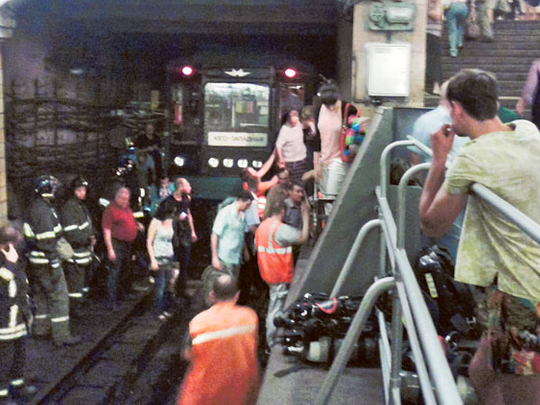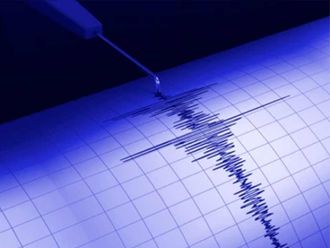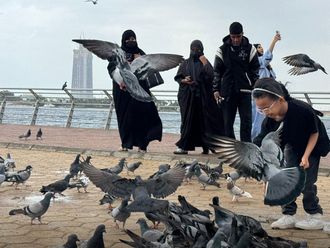
Moscow: Fifteen commuters were hospitalised and thousands evacuated from the Moscow metro on Wednesday after a high-voltage electric cable caught fire, filling station platforms with smoke at the height of the rush hour, emergency officials said.
The fire was extinguished, but the cable again short-circuited when the power was switched back on, adding to the transport chaos and raising fears about the state of the aging network whose chandeliered Stalin-era stations are one of the city’s top sights.
The emergencies ministry said around 4,500 people were evacuated after the fire broke out in a tunnel between the Okhotny Ryad and Biblioteka Imeni Lenina (Lenin Library) stations close to the Kremlin at around 8.20am.
Metro spokesman Pavel Sukharnikov said it was not the first such incident in the system, which is used by about seven million people every day and is one of the world’s busiest.
“Cables have smoked before, but simply this time the consequences are more serious,” he told AFP.
A total of 59 people sought medical attention, while 15 were hospitalised including three who are in intensive care, health authorities said.
The health ministry said those hospitalised were suffering from smoke inhalation, while some of those who asked for medical help were suffering “from a serious reaction to stress.”
Russian television showed footage shot by witnesses of dense smoke filling the Okhotny Ryad station, one of the system’s oldest, which has exits close to the Kremlin and the Bolshoi Theatre.
Crowds built up on the platforms as loudspeakers told passengers the station was closed for a “technical reason”, with many filming the smoke on their cell phones and showing little sign of panic.
Passengers exiting the station washed soot from their faces using fire hydrants.
“The carriage started filling with smoke. After a while, the driver told us to sit on the floor and cover our mouths and noses with wet tissues,” witness Alexei Suvorov, who was in a train that was halted in a tunnel, told Moskovsky Komsolets daily.
Moscow metro chief Ivan Besedin told the Interfax news agency that the fire started in a “complicated technical junction linked to the contact rail.”
The Moscow Investigative Committee said it was looking into the incident.
After several hours of closure, the affected stations — major transit hubs — were reopened for passengers, only for the cable to start spewing smoke again due to a short-circuit.
“The cable started smoking after the electricity was switched on. The electricity was immediately switched off,” said Sukharnikov, the deputy head of the metro.
The cable did not burst into flames, the emergency ministry said.
Muscovites complained of transport paralysis, with replacement buses unable to cope with the thousands of extra passengers and crowds gathering outside stations.
“In Moscow, you don’t need a war. It’s enough for a cable to burst into flames in a few places and people will crush and stamp on each other,” journalist Maxim Ognenny wrote on Twitter.
Line closures are rare on the Moscow metro, which opened in 1935. It was the scene of deadly suicide bombings in 2004 and 2010 that killed more than 80 people.












